
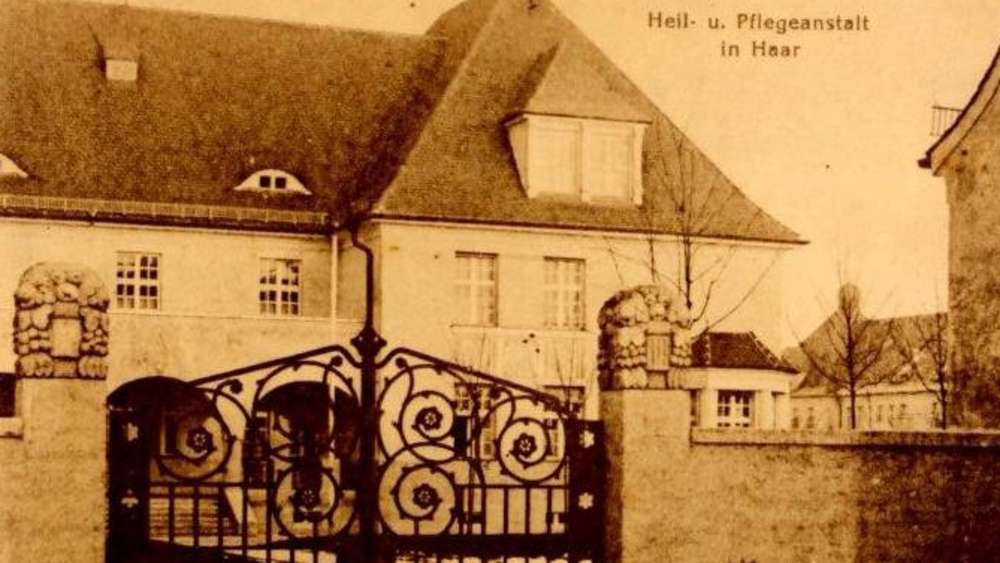
IN THE previous part we spoke about the reason for this series and moments ago we explained why we publish Part 2 on the same day. It's becoming more urgent.
"At the end of 2017, as part of the “reform” package, the Boards were moved from the EPO main building in Munich to a more remote location in Haar."Readers might remember that the controversial decision to relocate the EPO Boards of Appeal to Haar was the culmination of an ongoing tussle between the former EPO President and the - nominally - independent Boards of Appeal.
As reported by JUVE, strong criticism from the European patent community that the Boards of Appeal were not properly independent or immune from influence by the EPO President, led to a decision in the summer of 2016 to separate the Boards from the EPO in order to improve the “perception of independence”.
At the end of 2017, as part of the “reform” package, the Boards were moved from the EPO main building in Munich to a more remote location in Haar.
In many public commentaries, and in interviews with JUVE, employees of the Boards of Appeal saw the move as a covert disciplinary action by Battistelli.
"The only Council delegate who was prepared to call Battistelli out on his madcap scheme to exile the Boards to Haar was the Netherlands representative, Derk-Jan de Groot, who publicly denounced the plan as “unnecessary” and a waste of money."Although the Association of the Members of the Boards of Appeal (AMBA) managed to rouse itself to make a (rather limp) protest to the Administrative Council, this was (unsurprisingly) ignored.
The only Council delegate who was prepared to call Battistelli out on his madcap scheme to exile the Boards to Haar was the Netherlands representative, Derk-Jan de Groot, who publicly denounced the plan as “unnecessary” and a waste of money.
But de Groot was a voice crying in the wilderness. The rest of Battistelli’s poodles followed their master’s bidding and so the Boards were sent packing to Haar.
The move to Haar has been the butt of many jokes both inside the EPO and outside because the new offices of the Boards of Appeal are situated in Haar-Eglfing which “coincidentally” happens to be the location of the main psychiatric clinic for Munich, the “Isar-Amper-Klinikum München-Ost”, originally known as the “Oberbayerische Heil- und Pflegeanstalt Eglfing-Haar”.
But it’s not all fun and jokes.
There is a darker side to this institution because during the Third Reich it played a key role in the so-called “Aktion T4” program of mass murder by involuntary euthanasia masterminded by leading Nazi officials, including Hitler’s personal physician, Karl Brandt, and the “Chief of the Führer’s Chancellery”, Philipp Bouhler.
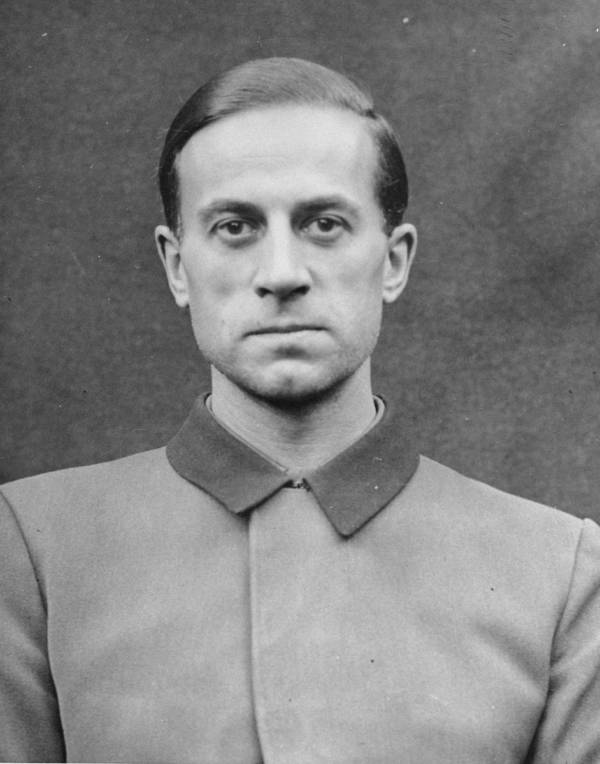
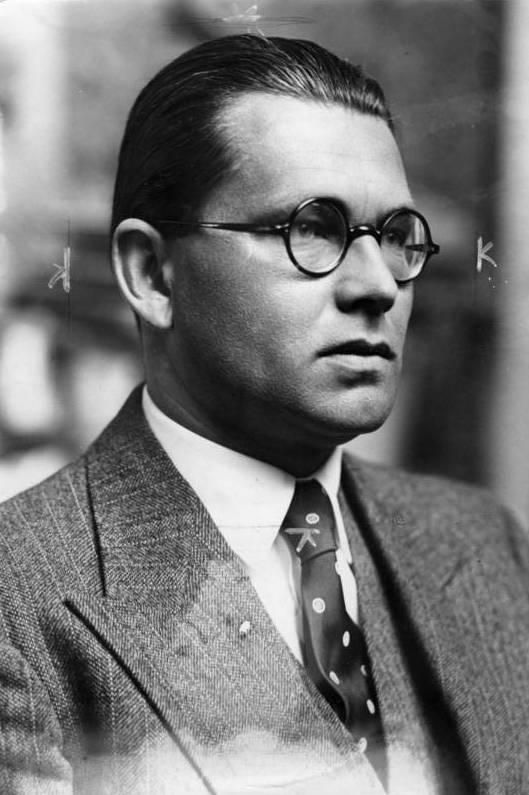
Karl Brandt and Philip Bouhler, the main architects of “Aktion T4”
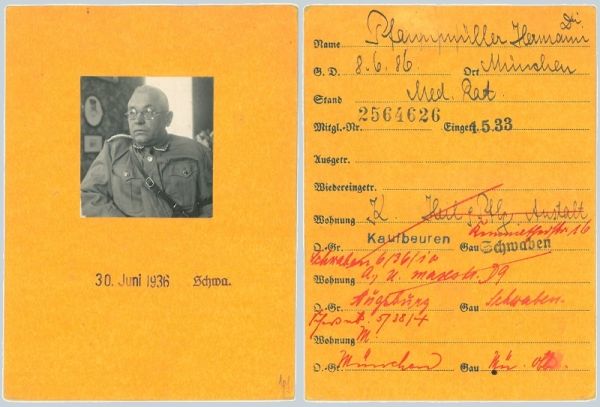
Hermann Pfannmüller’s Nazi Party membership card
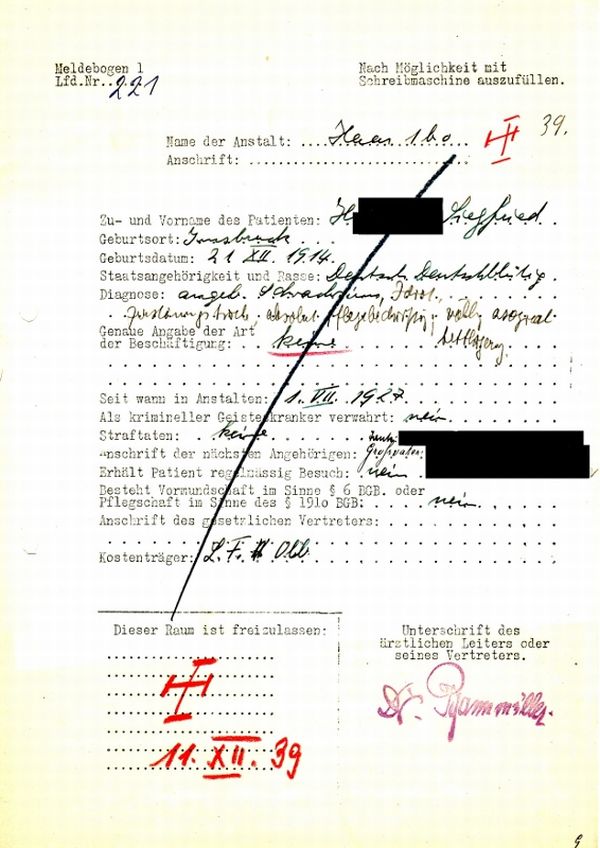
T4 assessment form dated 11 December 1939 and signed by Pfannmüller.
The red cross is a recommendation that the patient be euthanised.
"According to two nuns who broke their silence in 1993, Sewering was responsible for the deaths of 900 physically and mentally handicapped children by transferring them from Schönbrunn to the “hunger rooms” of the Eglfing-Haar clinic."Pfannmüller also displayed great zeal when it came to “child euthanasia”. In the children's ward of Eglfing-Haar, more than 300 children were killed as of 1940. From 1943 onwards, 440 patients died of starvation or of overdoses of drugs in two of the institution’s “hunger houses” which had been set up by Pfannmüller.
In 1951, Pfannmüller was put on trial for his involvement in “Aktion T4”. He was convicted and sentenced to five years' imprisonment which was reduced to four years on appeal. He died in Munich in 1961.
One Pfannmüller’s medical “collaborators” was the notorious Hans Joachim Sewering (below), who worked as assistant physician at the Schönbrunn Sanitarium, near Dachau, to the north-west of Munich.
Sewering, who lived out his latter years in Dachau, pursued a successful medical career in post-war Germany and rose to become the head of the German Medical Association in 1993.
He even managed to get elected as President of the World Medical Association but a storm of protest forced him to resign before he could take up the position.
According to two nuns who broke their silence in 1993, Sewering was responsible for the deaths of 900 physically and mentally handicapped children by transferring them from Schönbrunn to the “hunger rooms” of the Eglfing-Haar clinic. Sewering denied these allegations. However, he was barred from entering the United States and Jewish organizations called for him to be tried for murder.
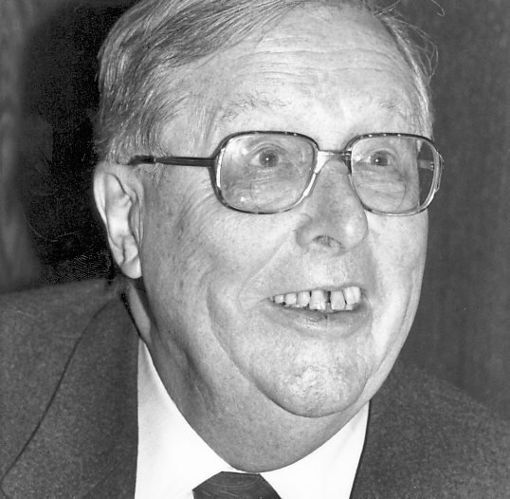
Hans Joachim Sewering - accused of complicity in the murder of 900 children
"Historians estimate the overall death toll of “Aktion T4” to have been around 300,000 and many consider that it was used by the Nazis as a “dry run” for the subsequent implementation of the Holocaust."Given that the Sciences Po in Paris has published research about “Aktion T4” which mentions Pfannmüller by name, it would be very surprising indeed if the proud alumnus of that illustrious academy, was not fully au fait with the dark historical legacy of Eglfing-Haar and its well-documented role in the Nazi euthanasia program.
Assuming that he was informed, then it seems fair to say that Battistell’s little “joke” at the expense of the Boards was in very bad taste.
In the next instalment, it’s time to return to the present and to make the acquaintance of the “legal eagles” from the Enlarged Board of Appeal who will be dealing with the G 2/19 referral. ⬆